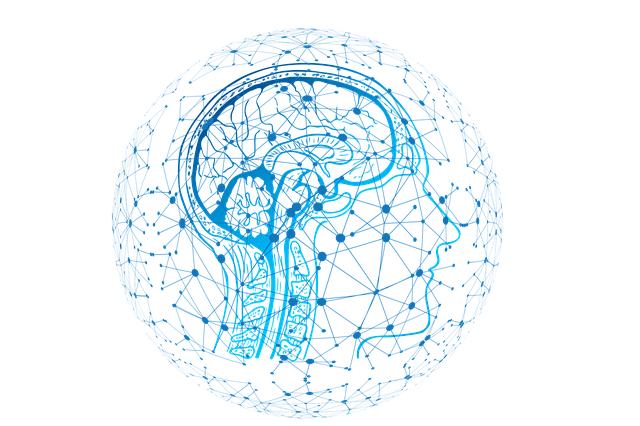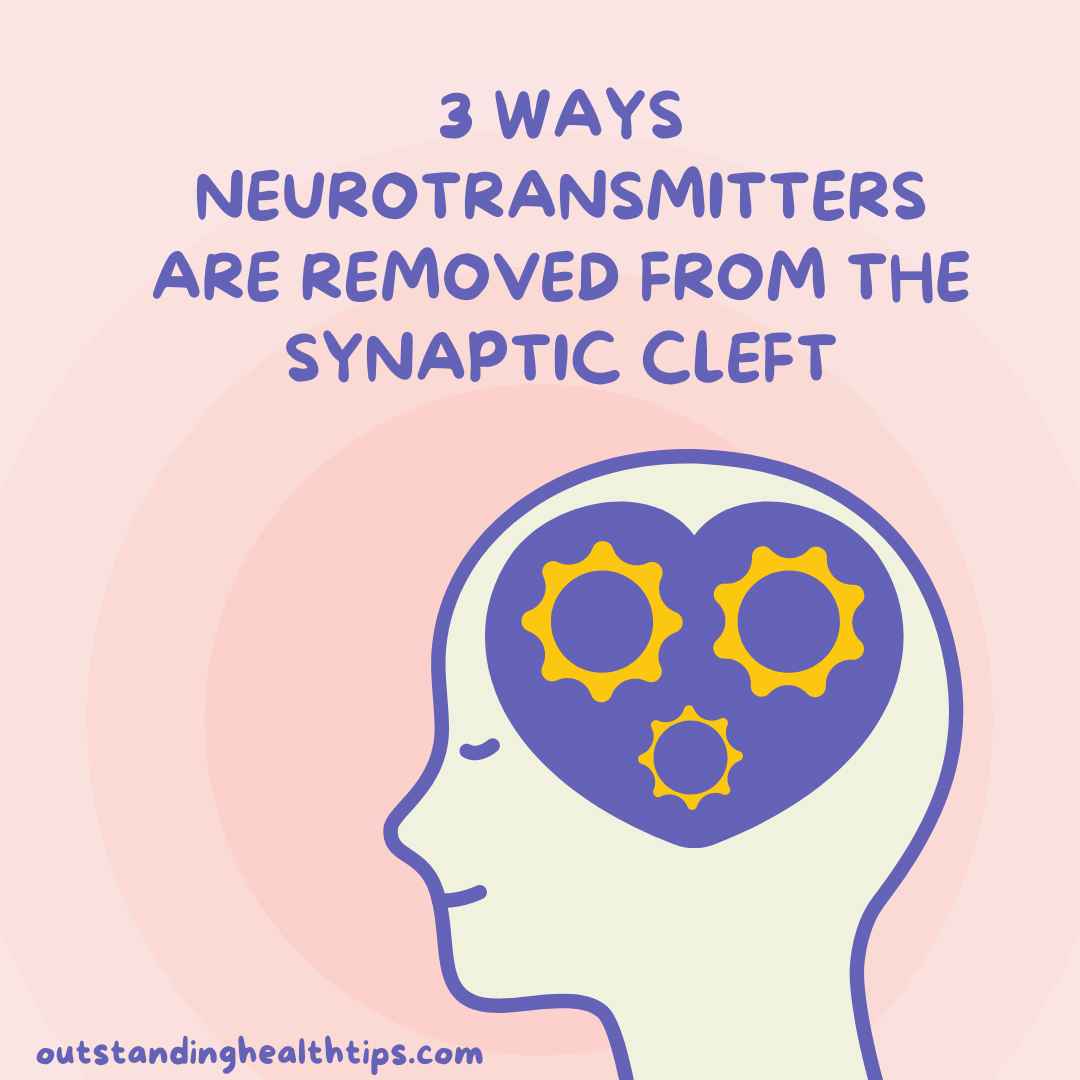Neurotransmitters are small molecules that act as chemical messengers to conduct messages from one nerve to other nerve cells, muscle cells, or glands. A synaptic cleft is a small space between the synapses of two cells in which communication happens. This article has included the 3 neurotransmitters removed from the synaptic cleft.
Neurotransmitters are released in the synaptic cleft to generate the chemical signal, then passed to the next cell. It is essential to remove the neurotransmitters from the synaptic cleft generated from one cycle. It will clear up the way and able signals from the news cycle to pass.
Table of Contents
Ways to Remove Neurotransmitters from Synaptic Cleft
Below are the 3 ways neurotransmitters are removed from the synaptic cleft.
- Diffusion
- Degradation
- Reuptake
The nervous system uses these ways to clear the synaptic cleft either by disusing, breaking neurotransmitters, or reuptake by the vesicles.
Diffusion
Diffusion is when molecules move from an area of higher concentration to an area of lower concentration. Many processes use this procedure in our body to maintain the concentration gradient. The diffusion of neurotransmitters is an efficient way to remove neurotransmitters from the synaptic cleft.

The diffusion process only occurs when there is a difference between the concentration gradient. If there are more neurotransmitters in the synaptic cleft than outside the membrane, they will diffuse out of the synaptic cleft and no longer act as chemical messengers. The lipid-soluble neurotransmitters like nitric oxide and endocannabinoids mostly use this method to remove neurotransmitters from the synaptic cleft.
Degradation
Degradation is when larger units are broken down into smaller subunits. The degradation of neurotransmitters renders them unable to function as chemical messengers. Neurotransmitters are deactivated, and the synaptic cleft is cleared for new neurotransmitters and cycle.
In enzymatic degradation, a specific enzyme acts on a specific neurotransmitter and alters its structure. So, the neurotransmitter is not recognized by the receptor, and another cycle starts. A common example of enzymatic degradation is the acetylcholinesterase enzyme that degrades the enzyme acetylcholine.
Acetylcholine is an important small neurotransmitter present in the central and peripheral nervous system. The function of acetylcholinesterase is to degrade acetylcholine into its parts choline and acetate, which renders this neurotransmitter inactive.
Acetylcholinesterase is one of the fastest enzymes present in the body. It takes a little time to complete the hydrolysis process to degrade this particular neurotransmitter. The only limiting factor in this enzyme’s activity is the substrate’s affinity to react with this enzyme. Once this process is completed, acetate diffuses into the surroundings, and choline is reused by presynaptic cells.
Reuptake
Reuptake is the common process for the nervous system cells to reuse neurotransmitters. This method is most effective and used by all the small neurotransmitters except acetylcholine to remove the neurotransmitters from the synaptic cleft.
Some of the examples of neurotransmitters that use the reuptake process are
- Serotonin
- Glutamate
- Histamine
- GABA
- Dopamine
- Norepinephrine
The reuptake process uses transporters that are mainly proteins. The neurotransmitters are pushed back to the axon ending that previously released them. The transporter proteins are used because this process happens against the concentration gradient as neurotransmitters are more concentrated in the synaptic cleft.
The neurotransmitters drift away from the synaptic cleft, and the gap is now free for new neurotransmitters to be released and generation of chemical messages. Once reuptake occurs, new molecules are released to start a new cycle, and the process continues to maintain coordination in the body. In the glial cells in the brain, astrocytes are in abundance. These cells can also help to remove neurotransmitters from the synaptic cleft.
Conclusion
In the above section, we have discussed the 3 ways neurotransmitters are removed from the synaptic cleft. Many neurotransmitters can use any of these processes. However, some molecules use specific processes. Diffusion is a general procedure for the removal of neurotransmitters from the cleft. The enzymatic degradation process is mostly and commonly observed for acetylcholine. The acetylcholine esterase enzyme works efficiently and swiftly for clearing acetylcholine from the synaptic cleft.
The small peptides in the body are presumed to be toxins and are degraded by enzymatic activity for protection mechanisms. The small neurotransmitters mostly use the reuptake process. In the reuptake process, the neurotransmitters are recycled for use in the next coordination cycle. There are only two methods to keep the cycle going on. The cell must use either of them for continuous coordination in the body.
These include
- The inactivation of the neurotransmitters for stopping their recognition by the receptors on the next nerve cell
- The reuptake from the axon ends from where they were released in the presynaptic cleft.
All these processes are essential for the continuous working of the nervous system in the body to transmit messages from one nerve cell to the other.
I am Dr. Yenny Angela, a medical graduate from Hannover Medical School. I have expertise in emergency medicine and care for patients with multiple injuries. Also, I am a researcher always on the lookout for new scientific findings. I also have a publication on Researchgate.com.
